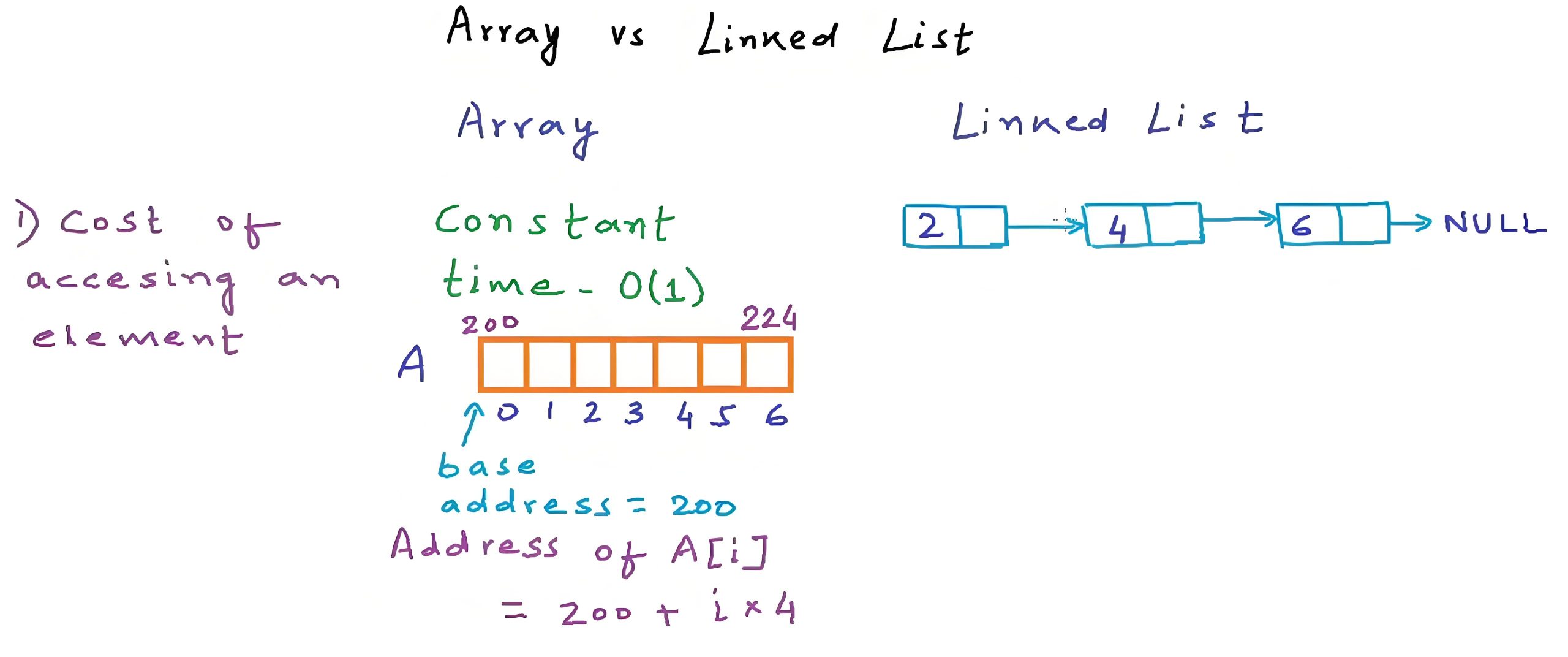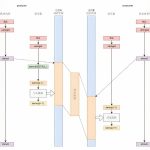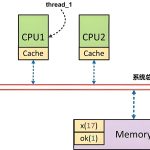Arrays and linked lists are two common basic data structures, and they have some important differences, mainly reflected in the following aspects:
Storage Method:
- Arrays use a contiguous memory space, where elements are stored consecutively in memory.
- Linked lists use a non-contiguous memory space. Each node contains data and a pointer to the next node.
Access Method:
- Arrays allow direct access to any element through an index, with a time complexity of O(1).
- Linked lists require sequential traversal from the head to access a specified element, with a time complexity of O(n).
Insertion and Deletion:
- When inserting or deleting elements in the middle of an array, other elements need to be moved, resulting in a time complexity of O(n).
- When inserting or deleting elements at any position in a linked list, only the pointers of the corresponding nodes need to be modified, with a time complexity of O(1).
Space Utilization:
- Arrays must pre-allocate a contiguous block of memory space, and even unused parts of the space will be occupied.
- Linked lists can dynamically allocate memory as needed without pre-allocating contiguous space, resulting in higher space utilization.
Random Access:
- Arrays support random access and can directly access any element via an index.
- Linked lists do not support random access and can only access specific elements through sequential traversal.
In summary, arrays are suitable for scenarios requiring fast random access to elements, while linked lists are more suitable for scenarios involving frequent insertion and deletion operations. In practical applications, it is crucial to choose the appropriate data structure based on specific needs.


